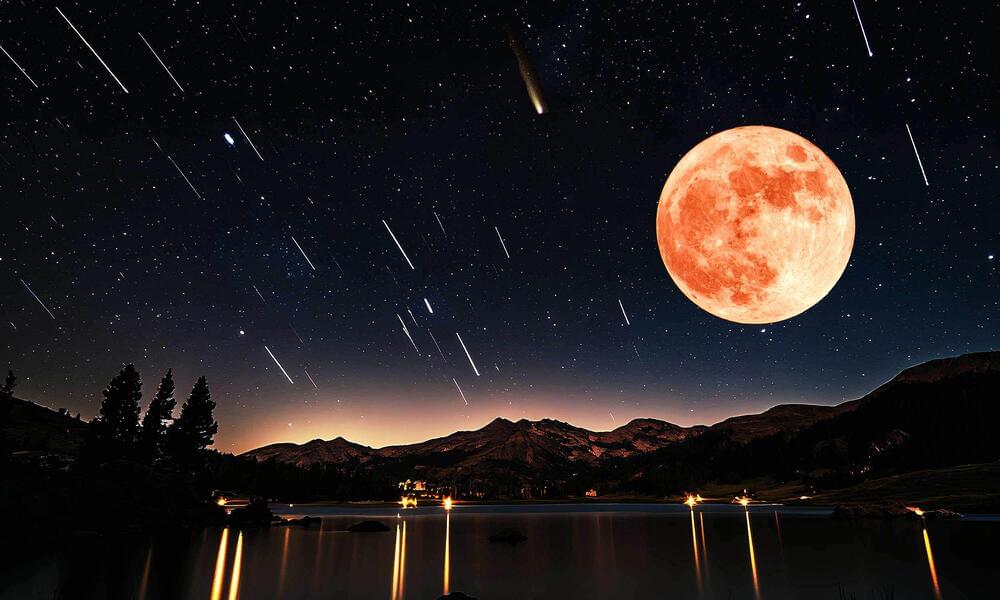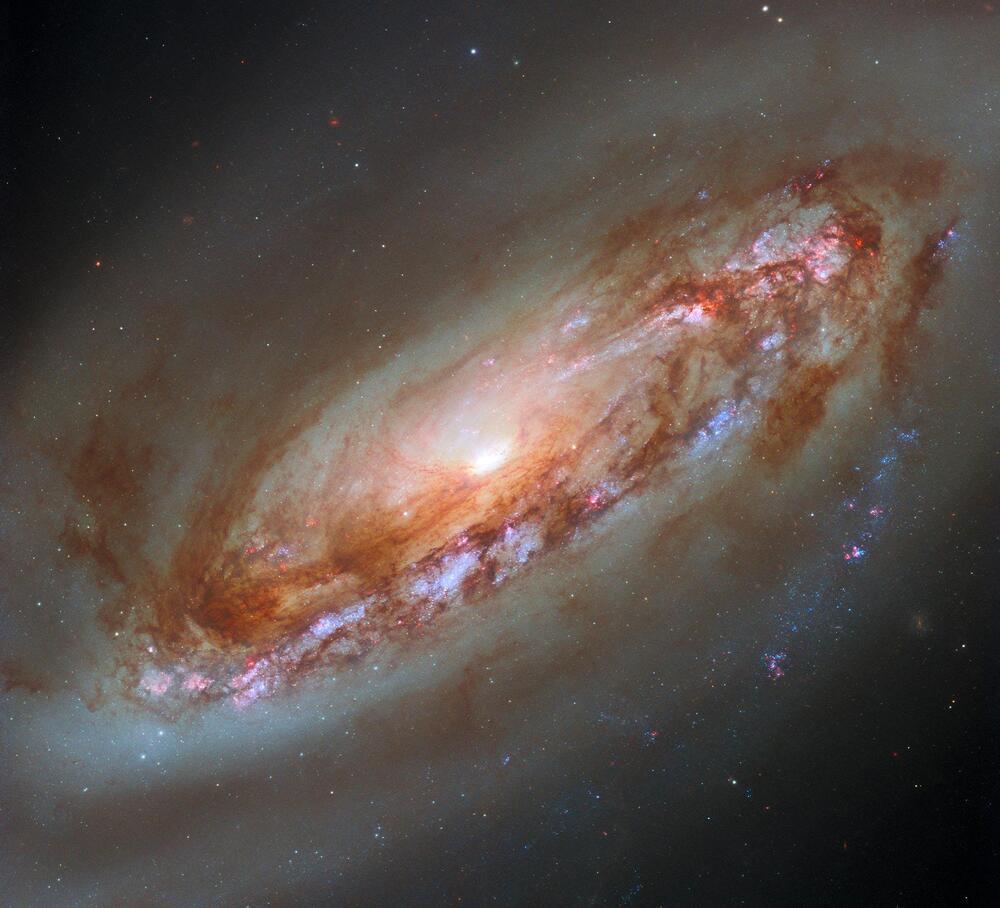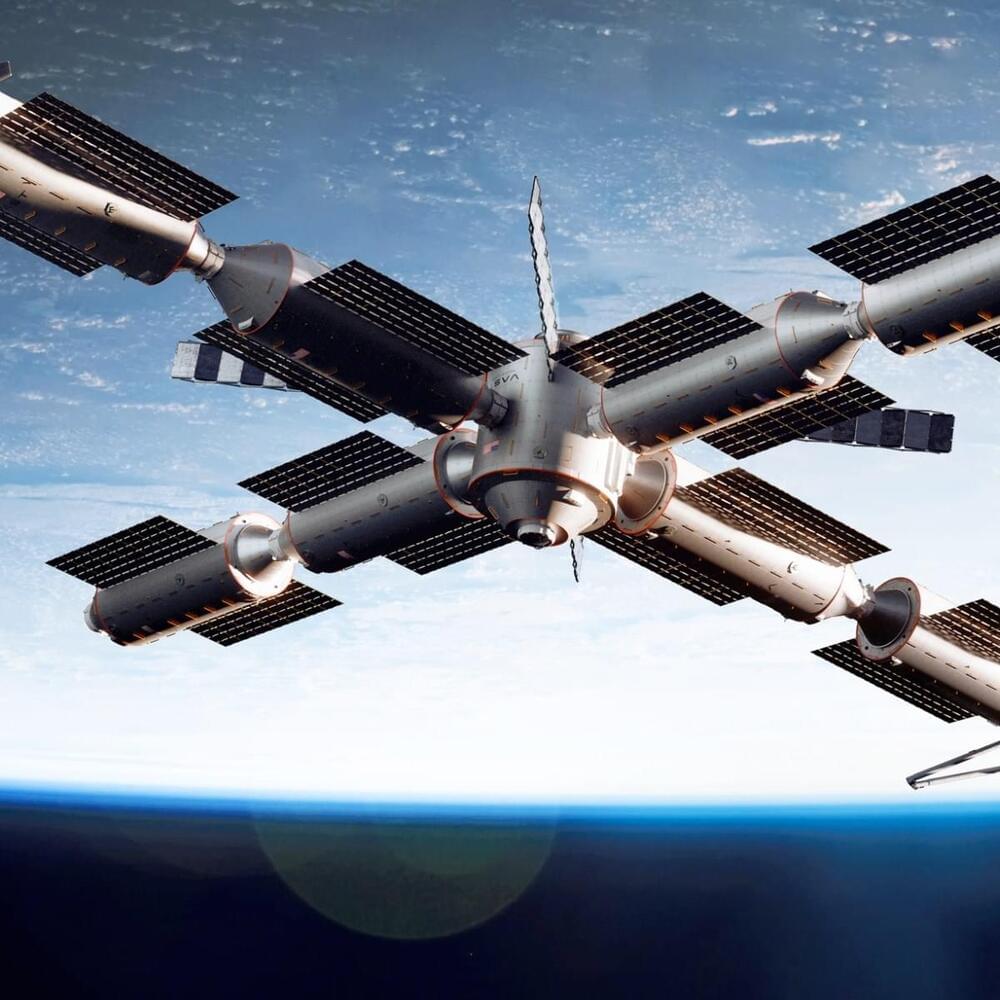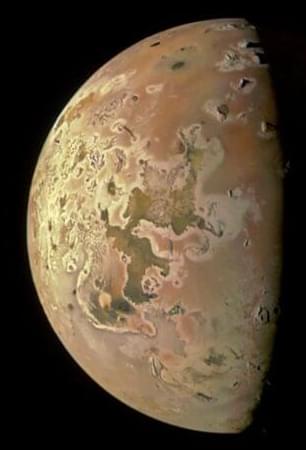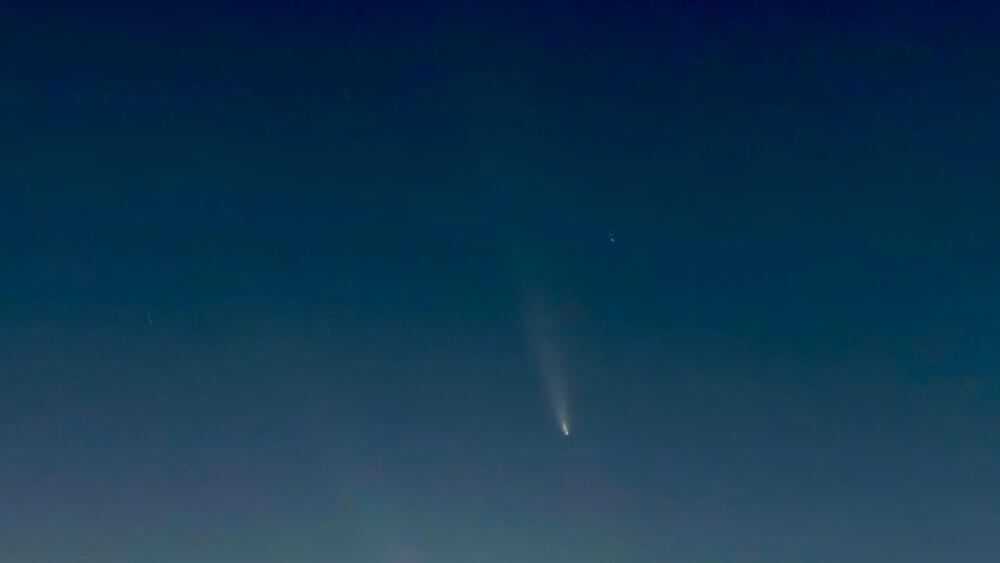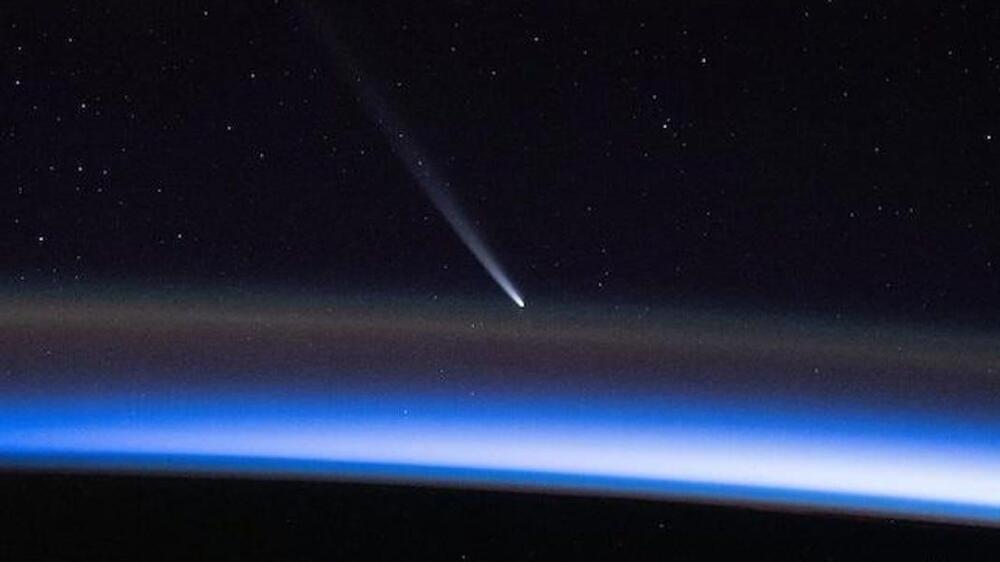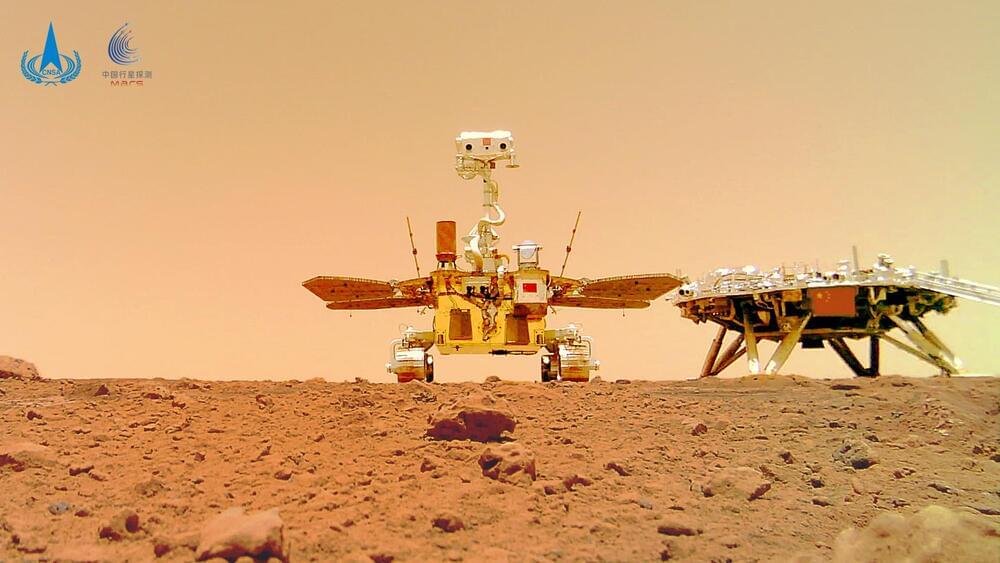The Hubble Space Telescopes latest image of Messier 90, a spiral galaxy in the Virgo constellation, showcases advanced technological capabilities compared to earlier photographs taken in 1994.
This new image reveals the galaxy’s bright core, dusty disc, and a gaseous halo, enhanced by the Wide Field Camera 3 installed in 2010.
The stunning spiral galaxy featured in this Hubble Space Telescope image is Messier 90 (M90, also NGC 4569), located in the constellation Virgo. In 2019, Hubble released an image of M90 (see below) using data from the older Wide Field and Planetary Camera 2 (WFPC2) — data taken in 1994 soon after the camera’s installation. That image has a distinctive stair-step pattern due to the layout of WFPC2’s sensors. In 2010, WFPC2 was replaced by the more advanced Wide Field Camera 3 (WFC3), and Hubble used WFC3 when it turned its aperture to Messier 90 again in 2019 and 2023. The resulting data was processed to create this stunning new image (above), providing a much fuller view of the galaxy’s dusty disc, its gaseous halo, and its bright core.
